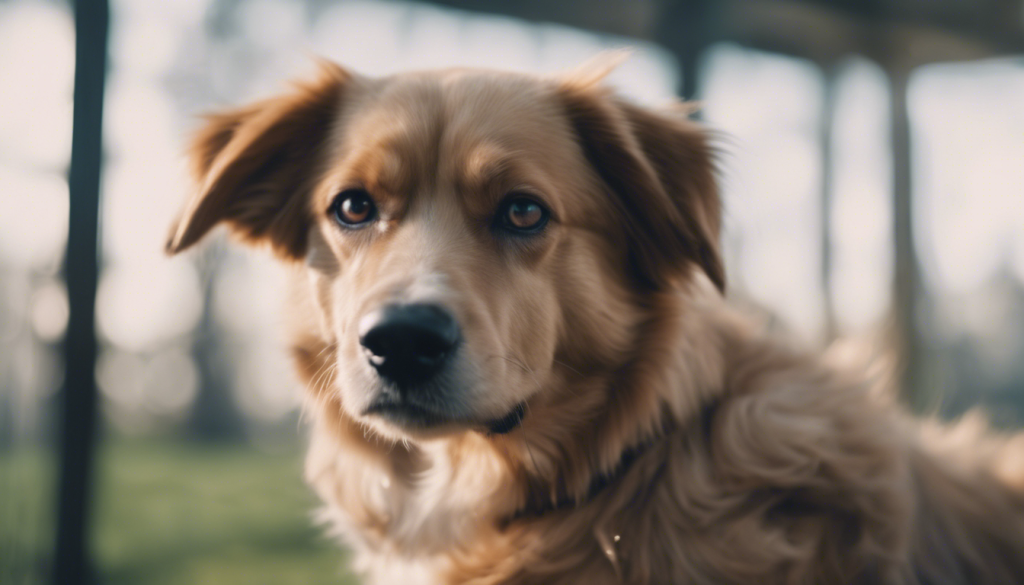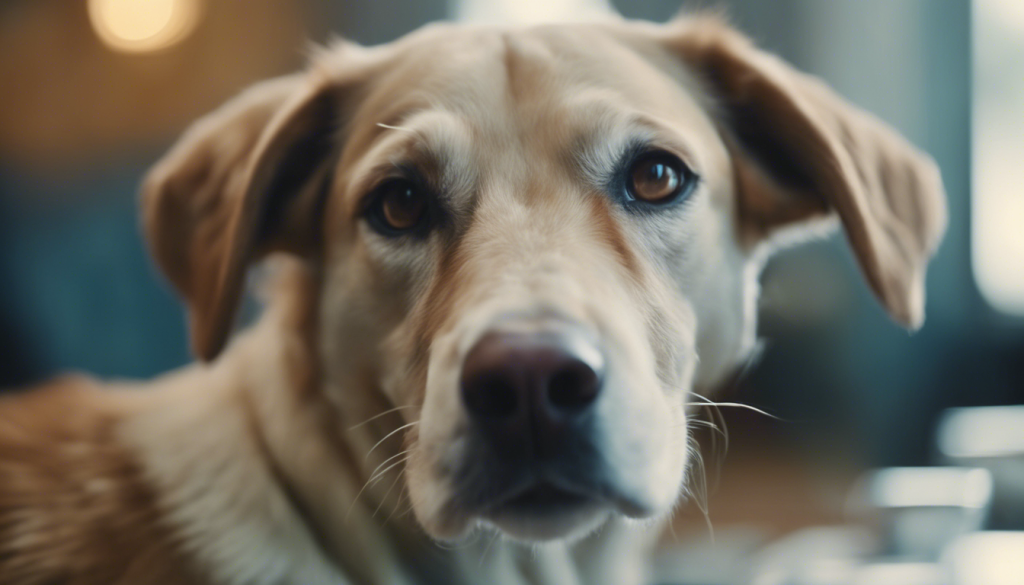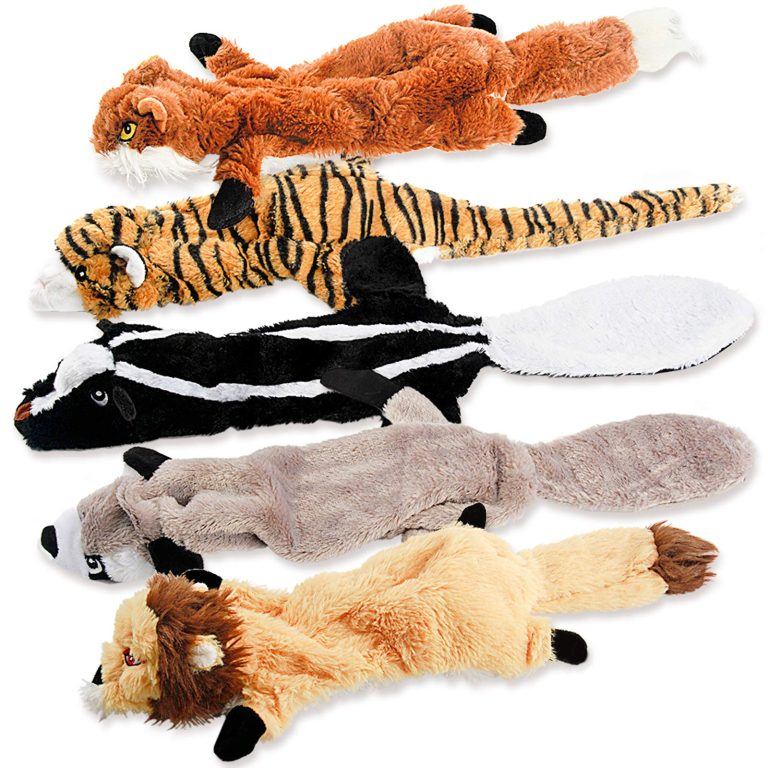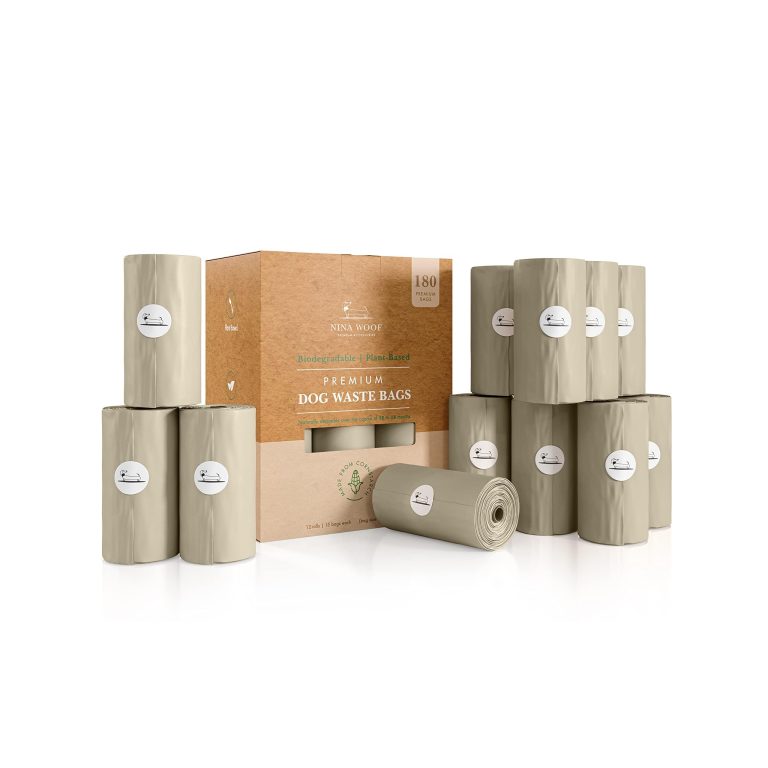The Benefits of Exercise for Senior Dogs
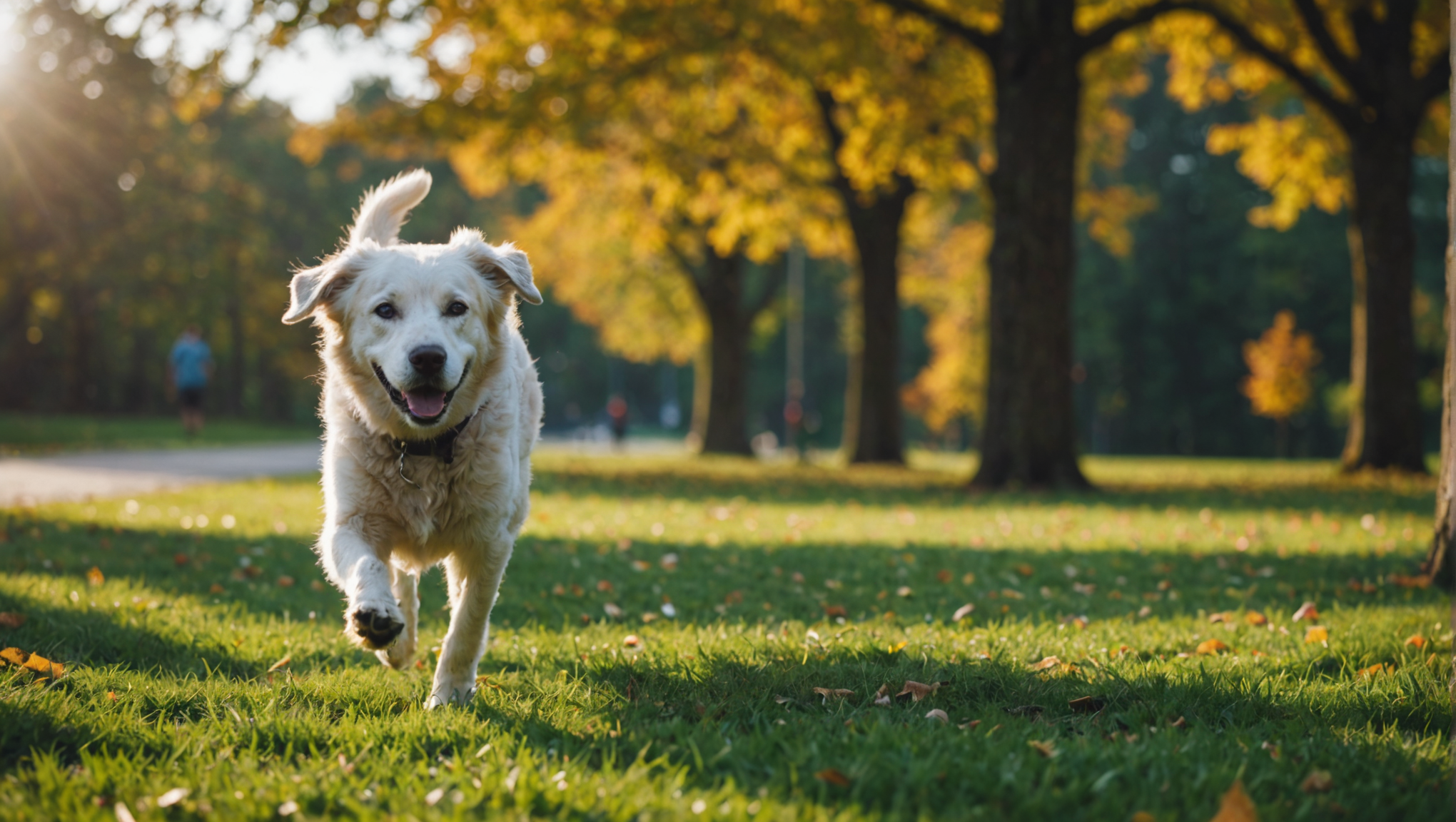
In the grand tapestry of canine well-being, the benefits of regular exercise unfurl like the petals of a flower, each layer revealing an essential truth about the maintenance of health and vitality in our senior companions. As the relentless march of time weaves its merciless threads through their beings, the propensity for physical activity does not simply dwindle; rather, it transforms, altering in its requirements to suit the aging body while remaining quintessential for the preservation of both physical and mental health.
The act of exercise, though often perceived merely as a means of expending energy, encompasses a myriad of advantages that transcend the corporeal realm. For senior dogs, who may find themselves encumbered by age-related maladies or mobility limitations, regular engagement in gentle activity promotes effective circulatory function, bolstering the heart’s resilience much like the tender nurturance of a devoted gardener coaxing a fragile sprout to flourish amidst the perils of nature. Such physical activity fortifies the muscles and joints, contributing to the maintenance of their elasticity and strength, thus reducing the risk and severity of debilitating conditions such as arthritis.
Moreover, the impact of exercise penetrates the very essence of a dog’s mental and emotional faculties. The intricate dance of scents, sounds, and sensations experienced during daily ambulations serves as both a stimulant and a tonic, igniting the flickering flames of curiosity and joy that may otherwise wane in the twilight years. While reflecting on this, one might be reminded of Socrates’ assertion that “the unexamined life is not worth living”; similarly, for the senior dog, an existence devoid of exploration and enjoyment through physical engagement is a life curtailed, deprived of its inherent delights.
In addition to enhancing muscle tone and delighting the senses, regular exercise engenders a profound sense of companionship between dog and owner. The shared moments of play and stroll foster an unspoken bond, weaving together a rich tapestry of connection that transcends words. It is within these fleeting hours that owners observe the glimmer of their dog’s spirit, evoking memories of youthful exuberance, even as the body begins to show the marks of time.
Furthermore, such activity plays a significant role in the realm of preventive health care. The rhythms of exercise perform a delicate ballet with a dog’s metabolic processes, mitigating the specter of obesity—a frequent hazard that lurks ominously in the shadows of sedentary lifestyles. With careful attention to their dietary needs complemented by appropriate exercise, guardians of senior dogs may stave off the myriad problems associated with weight gain, such as diabetes and heart disease.
To recount, the emotional benefits afforded by regular exercise are equally significant; dogs, like their human counterparts, can experience feelings akin to anxiety and depression, particularly in the face of solitude or loss. Engaging in regular physical activity not only curtails the potential for such emotional disturbances by providing essential mental stimulation but also infuses their days with purpose, thereby enhancing their overall quality of life.
Ultimately, embracing the multifaceted benefits of exercise for senior dogs encompasses a commitment to fostering a holistic lifestyle. It illustrates the necessity of vigilance, compassion, and understanding in navigating the complexities of canine health. By prioritizing their physical activity, owners engage in an act of profound responsibility, ensuring that their beloved companions enjoy the richness of life, even as the sands of time are gently sifted through their paws.
Types of exercises suitable for senior dogs
As we delve into the intricacies of suitable exercises tailored for senior dogs, it becomes paramount to acknowledge the distinct variances that characterize each canine companion, reminiscent of how a fine tapestry displays a kaleidoscope of threads, each unique yet integral to the whole. The art of exercise for these wise, aged souls is not a one-size-fits-all endeavor; instead, it’s a delicate negotiation between aspiration and capability, guiding them toward activities that invigorate rather than exhaust.
Gentle walking stands out as the quintessential exercise, akin to the soothing caress of morning dew upon grass. It presents an opportunity not only for physical movement but for a sensory odyssey, exploring the world imbued with scents and sounds that spark nostalgia, memory, and joy. Approximately twenty to thirty minutes of leisurely pace, tailored to the individual dog’s stamina, allows for a cherished ritual wherein each step narrates a story of partnership and companionship. For those with diminished strength or joint discomfort, a shorter duration can be both adequate and prudent, encouraging them to remain active while respecting their limits.
Swimming, that refreshing elixir of buoyancy, emerges as another splendid option, offering an unparalleled reprieve for joints troubled by the relentless ache of arthritis. Many senior dogs find solace in the cool water’s embrace, which alleviates pressure while facilitating movement. This low-impact exercise not only fortifies their muscles but also enhances cardiovascular health without the burden of gravity. Indeed, the aqueous environment transforms a laborious act into a jubilant escapade, a sentiment echoed by Aristotle’s notion that “pleasure in the job puts perfection in the work.”
Moreover, as one contemplates appropriate exercises, attention must pivot to the burgeoning field of mental enrichments that swirl gracefully amid the physical. Engaging senior dogs in simple games of fetch, using light, soft toys that beckon participation yet are gentle on aging jaws, serves to at the same time stimulate both body and mind. The act of retrieving, even in short bursts, nurtures their spirit while keeping the synapses firing with excitement. Hide-and-seek or the ingenious puzzle toys filled with treats can elevate their cognitive engagement, transforming a mundane afternoon into an exhilarating quest that ignites the spark of curiosity inherent in each creature.
In the realm of socialization, thoughtfully arranged play dates with gentle companions can ignite the alchemy of camaraderie, fostering not merely physical activity but emotional fulfillment. Dogs, social beings at heart, thrive in the company of their peers; such interactions, carefully moderated to maintain comfort levels, present invaluable opportunities to enliven their spirits and reinvigorate their zest for life.
When contemplating the orchestration of an exercise regimen, one must remain attuned to the rhythms of the seasons, ensuring that temperature extremes do not encumber their activities; the sweltering embrace of summer or the bitter chill of winter necessitates adaptation. Taking walks during cooler or milder hours of the day becomes a prudent strategy, preserving the vitality of these cherished companions while minimizing the risk of overexertion or distress.
Ultimately, each exercise chosen for a senior dog serves as a tribute to their dignity and legacy, reminding us that while the years may have etched tales of wisdom upon their fur, the desire to engage with life remains potent. In navigating this delicate landscape of their twilight years, we foster a sanctuary of health where exercise becomes not merely an act of movement, but a celebration of existence itself—a joyous affirmation of the companionship that has blossomed through the seasons of shared lives, rich in experience and affection.
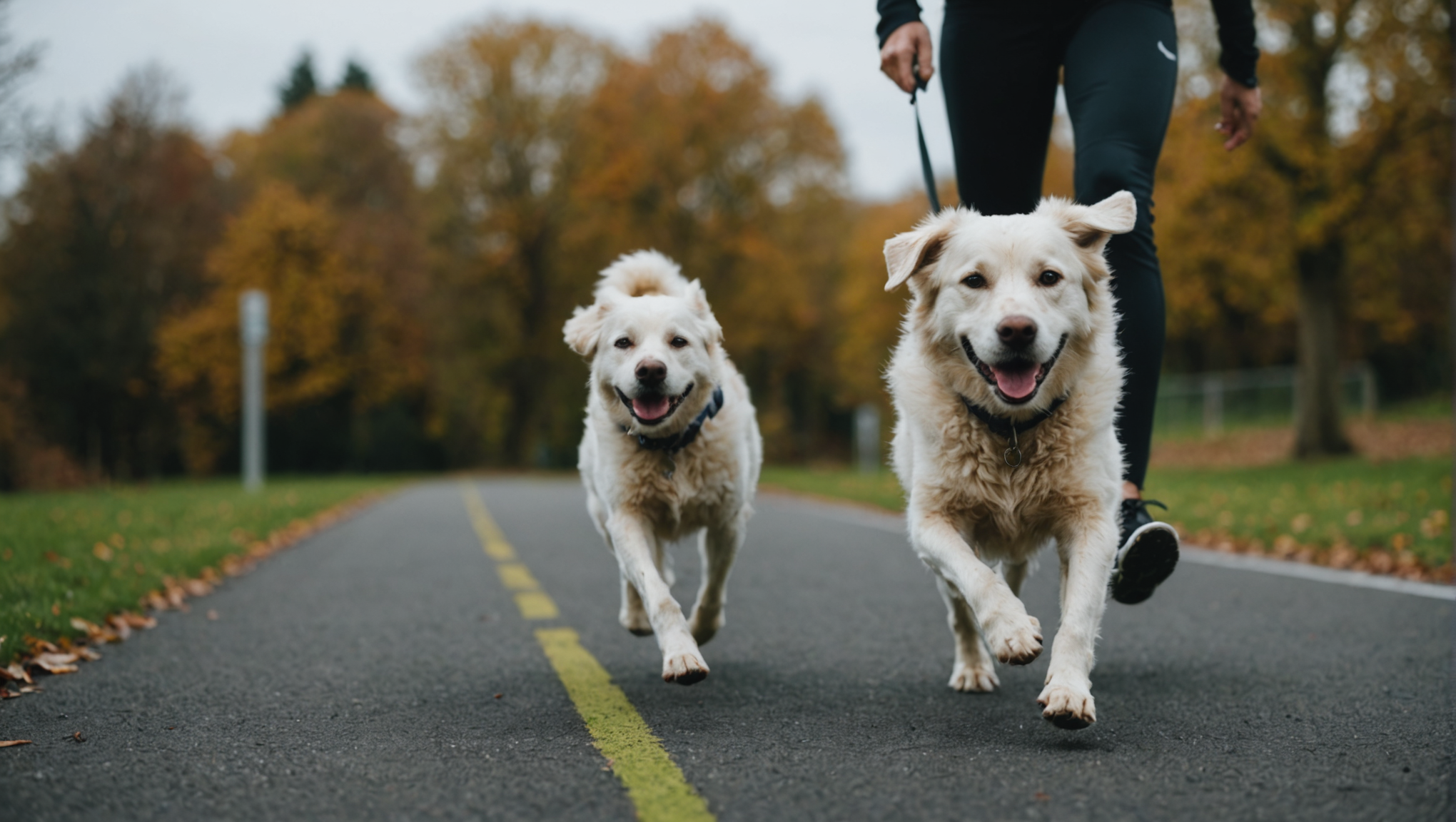
Modifying exercises for health conditions
As one reflects on the myriad of health conditions that may beset our cherished senior dogs, it is imperative to approach the notion of exercise with a mind attuned to sensitivity and adaptation. Just as a compelling narrative necessitates a careful selection of words, so too does the regimen of physical activity require a thoughtful regimenting based on the individual circumstances of each aging canine. For instance, dogs suffering from arthritis may experience discomfort that compels their guardians to reassess the intensity and duration of their physical undertakings. In such instances, the implementation of low-impact exercises, interspersed with ample periods of rest, becomes paramount, echoing the wise counsel to nurture rather than to exert undue strain upon their fragile forms.
In this delicate dance of adaptation, it’s not uncommon for owners to encounter the condition of obesity, an affliction that compounds the challenges faced by many senior dogs, akin to a heavy mantle that obscures their natural grace. When formulating an exercise plan for an overweight canine, it’s vital to initiate gradual increments in activity. A mere five to ten minutes of gentle walk can lay the foundation for a burgeoning sense of vitality, augmented by periodic increases as their stamina improves. Supplementing such exertions with a carefully monitored diet aids in creating a harmonious equilibrium, echoing the profound truth that “let food be thy medicine, and medicine be thy food,” a sentiment that resonates deeply with the principles of canine health.
Furthermore, for those dogs blessed—or burdened—by the weight of cardiac concerns, exercise must encapsulate an ethos of caution paired with intention. Engaging in brisk yet gentle walks becomes essential, always monitoring closely for any signs of undue fatigue or distress. An acute awareness of their breathing patterns, along with a willingness to adjust plans as needed, reflects a commitment to their well-being, affirming the intrinsic bond forged through years of companionship.
In addition to physical challenges, there exists a cognitive decline that may accompany the twilight years, marking a palpable shift in a dog’s mental acuity. To counterbalance such changes, one might integrate exercises that seamlessly intertwine mental and physical stimulation. Using activities that require obedience and thought, such as agility courses designed for older dogs or simple obedience commands during walks, resonates profoundly with their innate desire for engagement, reminiscent of a novelist who plays upon the strings of their characters’ desires and fears. Such thoughtful interactions serve to enrich not only their physical health but to cultivate lucidity and emotional resilience.
The role of the environment in this adaptive exercise experience cannot be overstated. Guardians should strive to create a safe haven for their senior dogs, free from hazards that might elicit injury or confusion. Level surfaces, soft terrain, and familiar pathways contribute to a confidence that can embolden even the most hesitant of pups to partake in the adventure of movement. Exploring sensorial stimuli in calm settings—such as visiting serene parks or quiet gardens—allows them to revel in nature’s gentle embrace while fostering a sense of tranquility that complements their physical efforts.
As they navigate through these modifications necessitated by their health challenges, it remains crucial to celebrate small victories, those moments where a wagging tail reveals a tenacious spirit defying the constraints of time and circumstance. Every wag and every playful prance remains a testament to the resilience of life, beckoning a narrative rich in the strength of companionship. Through each tailored exercise, caregivers affirm their devotion to not merely extend the lives of their cherished elders but to imropve the quality of existence, securely wrapped in the loving embrace of a well-crafted routine that honors the intricacies of age.
Tips for keeping your senior dog active
In the quest to keep senior dogs active, one must embrace a symphony of strategies that harmonize with their unique rhythms and needs, promising not merely the preservation of their vitality but the elevation of their very spirits. A fundamental principle lies in the routine: establishing a consistent schedule for physical activity creates a comforting cadence that these wise souls can anticipate. Just as the sunrise heralds a new day, so too does a morning stroll or a playful toss of a favorite toy serve as a meaningful ritual, reinforcing a sense of normalcy amidst the flux of aging.
It is essential to adorn each day’s exercise with a tapestry of variety; monotony can be the enemy of enthusiasm, leading even the most vibrant of spirits to deflate. Employing diverse routes for walks, incorporating new scents and sights, transforms each outing into an exploration—every corner turned becomes an invitation to adventure anew, reminiscent of the ways in which life’s spontaneity can rekindle flickers of joyous memory. Senior dogs, with their rich tapestry of experiences, may find themselves pausing at familiar landmarks, their noses brushing against the fabric of memory, reigniting the fervor of youth.
Engaging in smart play acts as another splendid avenue to invigorate the spirit of our aging companions. The gentle toss of a soft toy can evoke a youthful exuberance, even if it is accompanied by a cautious paw. It very important, however, to monitor their responses during such play; observing their energy levels and willingness to engage allows guardians to gauge what feels joyful rather than burdensome. Moreover, interactive toys and puzzles containing treats can stimulate their cognitive faculties while enticing them into gentle bouts of movement, thus providing a dual-layered approach to health that nurtures both body and mind.
Furthermore, one cannot overlook the beauty of companionship in maintaining physical activity. Inviting friends—whether human or canine—for shared experiences can elevate the mundane to the sublime. The simple act of walking alongside another can breathe life into weary legs, while the camaraderie shared amidst gentle play fosters an atmosphere of support and joy, as echoed in the colloquial understanding that “many hands make light work.” Each interaction becomes a dance of connection, gratifying both the heart and the body, a celebration of belonging that infuses life with warmth and laughter.
Equally critical is the consideration of the environment in which these activities unfold. Creating a safe, welcoming space ensures that the exploration does not become fraught with anxiety or risk. Gentle adjustments to the terrain—opting for grassy areas instead of rugged trails, or selecting familiar parks where scents and sights are comforting—can make all the difference in inspiring a desire to partake. Moreover, acknowledging the influences of weather, where the gentle kiss of cool breezes or soft sunlight can invigorate rather than enervate, empowers guardians to choose optimal times for such endeavors.
In this ongoing dialogue with our furry companions, one must remain ever vigilant, ready to tailor their efforts to the shifting contours of vitality and energy. A day may come when a lengthy trot becomes a mere stroll, and such transitions should be embraced with grace rather than lamentation. The ability to adapt is a hallmark of deep understanding—a validation of the ever-evolving nature of companionship where the joy of shared moments hinges not on the intensity of the exercise, but rather on the sincerity of connection and love that envelops each interaction.
Ultimately, the pursuit of keeping our senior dogs active serves as a testament to the profound bond shared between human and canine. Each tender step taken together, every joyful bark or gentle wag, becomes a celebration of life—a dance through the seasons that acknowledges the past while cherishing the present. As we cultivate these moments, we not only nurture their bodies but embrace the radiant spirit that unites us, affirming the quintessential truth that love, indeed, is the most potent elixir of health and happiness.
